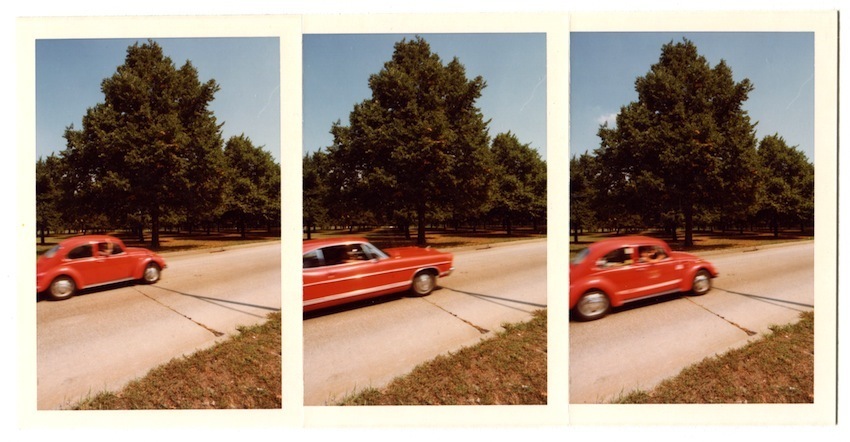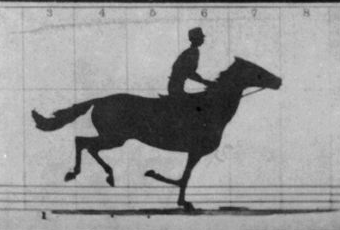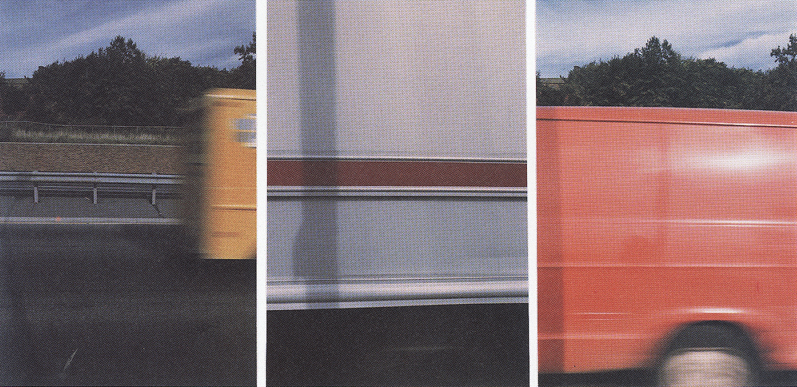A still photograph is just that a non-moving photograph but many artists have explored ways of capturing or implying motion with still images. Here are some examples:
Fixed Camera – Moving Subject
Mounting the camera on a tripod and using a slow shutter speed, you can blur a moving subject to show motion.

Jan Groover’s famously known for her still life photographs, used slow shutter speeds in her early work that often used motion blur and sequencing to show motion.

Night time city images are great subjects for motion blur as well as starry night time sky photographs in which star trails can be captured.

Panning – Moving camera
Camera moves faster that the shutter speed can freeze the motion. Panning can be used to track a moving object and cause the background to blur.

Sequences – multiple images over time
Showing a sequence of photographs is another way to convey motion with still images. Fine art photographer Duane Michals often used sequence and multiple image in his work.

Sequences can also be captured using high speed cameras to slow down motion that is too fast for the human eye to see other wise.
Eadweard Muybridge figured out a way to capture moving subjects so they could be studied such as how a horse manages to gallop.
Muybridge is known for his pioneering work on animal locomotion in 1877 and 1878, which used multiple cameras to capture motion in stop-motion photographs, and his zoopraxiscope, a device for projecting motion pictures that pre-dated the flexible perforated film strip used in cinematography.
He produced over 100,000 images of animals and humans in motion, capturing what the human eye could not distinguish as separate movements.


Time Lapse – animating still images
Time lapse is a series of still images that are played back in sequence like frames of a motion picture.
Extreme Strobe Photography or Stop Motion
Extremely fast strobe lights can be used to capture very fast motion like a bullet. Faster than any shutter, the image is captured with a burst of light at the right moment.
Rather convey motion, stop motion freezes motion as if time stood still for the photograph to be taken. Harold E. Edgerton famously pioneered stop motion photography.
Multiple Exposure – combining multiple images in a single photograph
